
В большой шахматной игре глобального гостеприимства, где каждый уголок города, кажется, прорастает другим отелем, как грибы после дождя, некоторые игроки освоили искусство стратегической экспансии.
В то время как путешественники спорят о том, становятся ли гостиничные полотенца меньше или их багаж становится больше, крупнейшие гостиничные сети мира спокойно строят империи, которые охватывают континенты и обслуживают всех, от бюджетных туристов до знаменитостей, покупающих шампанское.
Крупнейшие роскошные гостиничные сети по номерам
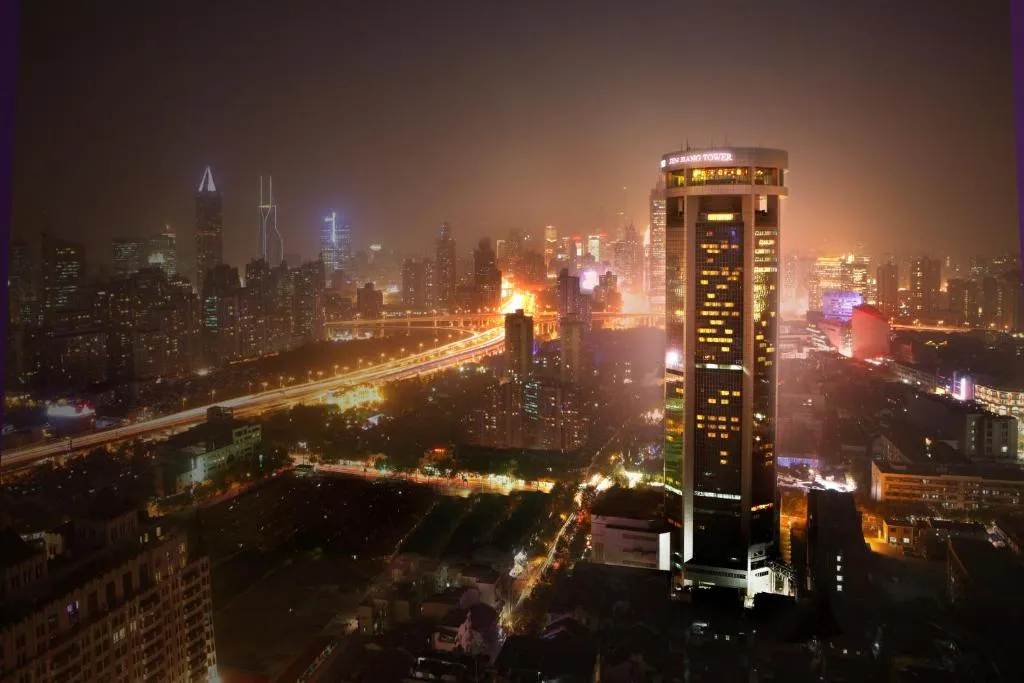 Фото: Booking.com
Фото: Booking.com1. Цзинь Цзян Интернэшнл: ~11 959 Отели
Jin Jiang International является бесспорным лидером по количеству отелей, эксплуатируя почти 12 000 объектов по всему миру. Это базирующийся в Шанхае Титан гостеприимства добился значительного роста благодаря сочетанию внутреннего доминирования и стратегических международных приобретений, которые заставили бы корпоративных рейдеров плакать от зависти.
Стратегия приобретения компании была особенно проницательной, включая престижные международные бренды. Группа отелей Лувр и Отель Radisson Hotel Group в своем портфеле. Этот подход превратил Цзинь Цзяна из преимущественно китайского оператора в поистине глобальную силу.
Портфель брендов компании охватывает весь спектр гостеприимства, от бюджетных объектов Jinjiang Inn, которые обслуживают практических путешественников, до сложных брендов Radisson Blu и Park Plaza, которые обслуживают взыскательных гостей.
2. Wyndham Hotels & Resorts: ~9,100 Отели
 Фото: Родерик Эйм | Flickr
Фото: Родерик Эйм | FlickrWyndham Hotels & Resorts построила впечатляющую империю из более чем 9100 отелей в 95 странах. Крупнейшая гостиничная франшиза Америки Операция. Модель компании, ориентированная на франшизу, позволила быстро расширяться, сохраняя при этом операционную эффективность и согласованность бренда.
Сила Wyndham заключается в его всеобъемлющем охвате экономики и средних сегментов, где постоянный спрос и операционная предсказуемость создают стабильные потоки доходов. Бренды компании, как Супер 8, гостиница "Дни", и Говард ДжонсонОни стали синонимом надежного и доступного жилья для миллионов путешественников.
Стратегический фокус компании на франчайзинговых операциях оказался особенно эффективным на развивающихся рынках, где местные партнеры предоставляют знания о рынке, а Wyndham вносит свой вклад в стандарты бренда и операционный опыт. Эта модель способствовала расширению на сложные рынки, минимизируя требования к капиталу.
3. Marriott International: ~8500 Отели
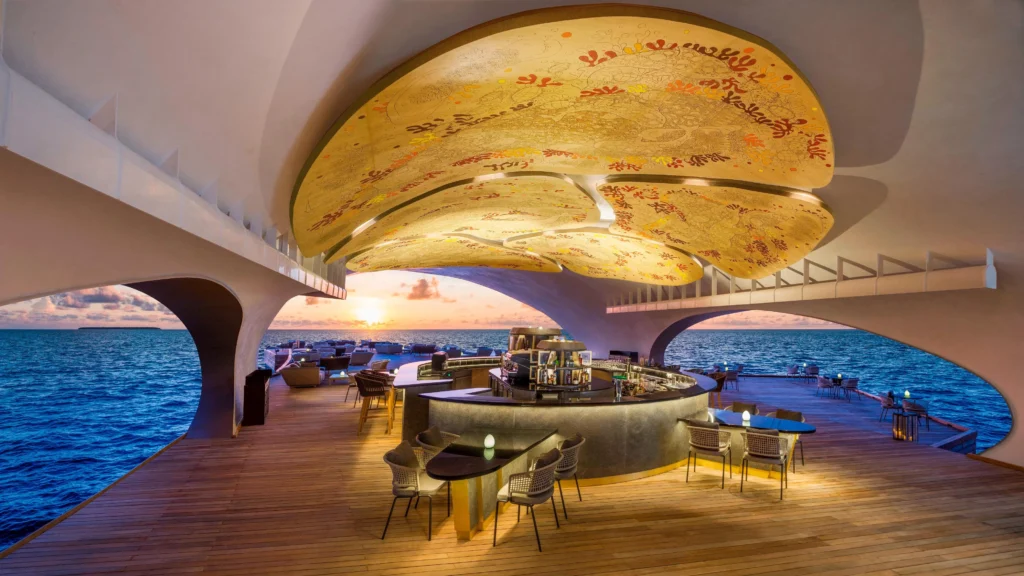 Компания Marriott International: Photo-Marriott
Компания Marriott International: Photo-MarriottНесмотря на то, что Marriott International занимает третье место по количеству отелей, она управляет индустрией гостеприимства благодаря исключительной генерации доходов и стратегическому управлению портфелем брендов. С более чем 8500 отелями, охватывающими 130 стран, Marriott создал комплексную экосистему гостеприимства, которая обслуживает каждый мыслимый сегмент рынка.
Объединенная компания использует впечатляющий портфель, начиная от ультра-роскошных. Ритц-Карлтон Свойства для современного Отели Aloft ориентированы на тысячелетних путешественников.
Трубопровод развития компании из более чем 3500 объектов демонстрирует свою приверженность устойчивому росту, уделяя особое внимание роскошным курортам, брендам образа жизни и предложениям «все включено». Эта стратегическая направленность отражает понимание Marriott развивающихся предпочтений путешественников и готовность инвестировать в сегменты с высокой маржой.
4. H World Group: Лидер инноваций (8 176 отелей)
 Стейгенбергер из H Hotels International; Фото Википедия
Стейгенбергер из H Hotels International; Фото ВикипедияH World Group, ранее известная как Huazhu Hotels Group, стала огромной силой в индустрии гостеприимства благодаря своей ориентации на интеграцию технологий и стратегическое позиционирование на рынке.
С более чем 8000 отелями шанхайская компания успешно сбалансировала внутренний рост с международной экспансией.
Приобретение Deutsche Hospitality обеспечило доступ к европейским рынкам, добавив престижные бренды, такие как Deutsche Hospitality. Отель Steigenberger Hotels & Resorts к своему портфелю. Этот стратегический шаг демонстрирует стремление H World конкурировать на глобальном уровне, сохраняя при этом сильные позиции на китайском рынке.
Портфель брендов H World эффективно охватывает спектр гостеприимства, от эконом-вариантов, таких как HanTing Hotel и Hi Inn, до предложений класса люкс. Штейгенбергер. Компания Отель JI Hotel и Отель Starway Бренды занимают важный средний сегмент, предоставляя современные удобства по доступным ценам.
5. Выбор отелей International: 7500 Отели
 Photo-Choice Hotels International, Inc.
Photo-Choice Hotels International, Inc.Choice Hotels International создала надежную сеть из более чем 7500 отелей благодаря своей бизнес-модели, ориентированной в первую очередь на доступные средние и экономичные сегменты. Подход компании подчеркивает партнерство с местными операторами при сохранении согласованных стандартов бренда на различных рынках.
Портфель брендов Choice Hotels включает в себя хорошо зарекомендовавшие себя имена. Отель Comfort Inn & Suites и Кларион в среднем сегменте, при этом Отель Econo Lodge и Отель Rodeway обслуживать бюджетных путешественников.
Бренды расширенного пребывания компании, включая MainStay Suites и WoodSpring Suites, используют растущий спрос на долгосрочное размещение.
Стратегия расширения компании сочетает органический рост со стратегическими приобретениями небольших региональных брендов, создавая возможности для диверсификации портфеля и проникновения на рынок.
Choice Hotels продемонстрировала особый успех на скандинавских рынках и продолжает изучать возможности в Азии.
6.Хилтон Во всем мире: ~7,165 Отели
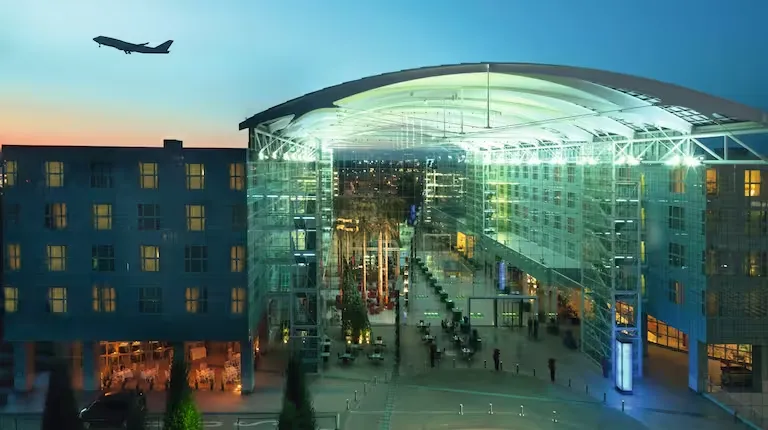 Фото Хилтон
Фото ХилтонHilton Worldwide управляет более чем 7165 отелями в 122 странах, став мировым лидером в сфере гостиничного бизнеса премиум-класса. Столетняя история компании создала узнаваемость бренда и доверие, что переводится в ценообразование и лояльность клиентов.
Портфолио Hilton охватывает весь спектр гостеприимства, от ультра-роскошного до роскошного. Вальдорф Астория Свойства для эффективного Гостиница Хэмптон Отели.
Компания Коллекция Curio и LXR Отели Бренды обслуживают путешественников, ищущих уникальный опыт, в то время как традиционные отели Hilton обслуживают рынки бизнеса и отдыха.
Сеть из более чем 2800 отелей демонстрирует стремление к устойчивому росту, уделяя особое внимание рынкам Азиатско-Тихоокеанского региона и Ближнего Востока. Акцент Hilton на брендах образа жизни отражает понимание меняющихся предпочтений путешественников и готовность к инновациям.
7. IHG Hotels & Resorts: ~6 164 Отели
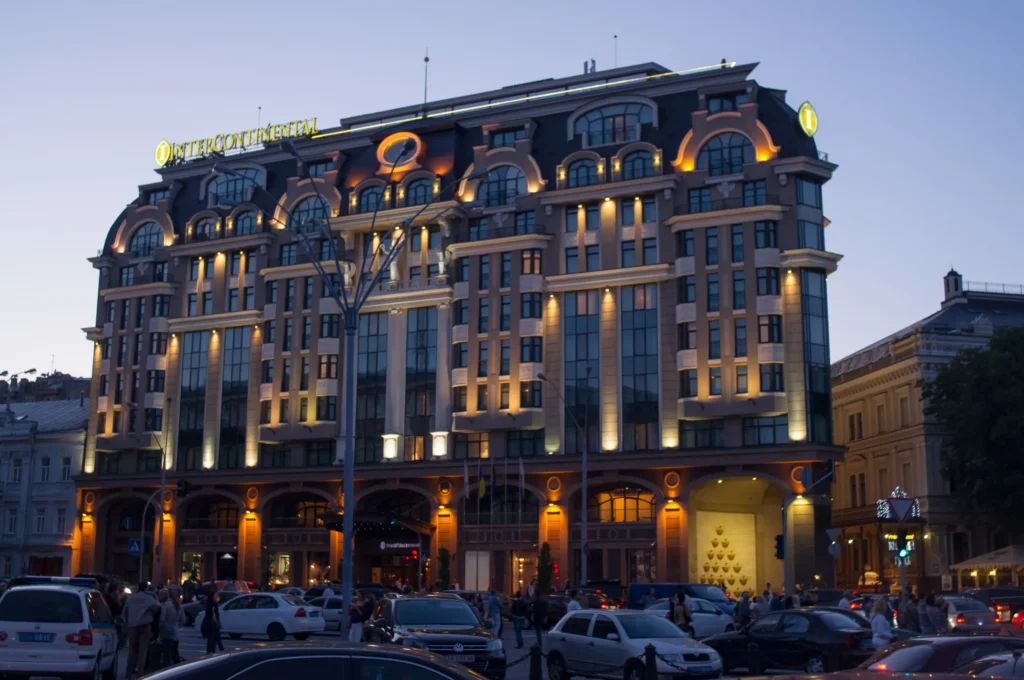 InterContinental Hotel, Киев, Украина; Фото: Владимир Куд из Украины
InterContinental Hotel, Киев, Украина; Фото: Владимир Куд из УкраиныМежконтинентальный Hotels Group установила внушительное присутствие с более чем 6100 отелями по всему миру, используя сильные позиции в Китае, Европе и Северной Америке. Британская компания успешно сбалансировала рост с операционной эффективностью в различных сегментах рынка.
Портфолио IHG включает в себя престижные люксовые бренды. Межконтинентальный и СимпсонНадежные средние варианты, такие как Отель Holiday Inn и Crowne Plaza, Эффективные экономические предложения через Candlewood Suites. Бренд компании voco представляет инновационные подходы к размещению деловых поездок.
Ориентация компании на расширение класса люкс через такие бренды, как Regent, и развитие концепций образа жизни, таких как Vignette Collection, демонстрирует стратегическую адаптацию к тенденциям рынка. IHG продемонстрировала особые навыки в определении и развитии нишевых сегментов рынка.
8. BTG Homeinns: 5 916 Отели
 Фото: Википедия
Фото: ВикипедияБТГ Homeinns построила сеть из почти 6000 отелей, сосредоточившись на внутреннем рынке Китая. Эта стратегия, ориентированная на Китай, позволила компании развить глубокие знания местного рынка и операционный опыт, которые международные конкуренты изо всех сил пытаются воспроизвести.
Портфель брендов компании эффективно обслуживает предпочтения китайских путешественников, а экономичные варианты, такие как Home Inn и Motel 168, обеспечивают доступное жилье в крупных городах. Среднемасштабные бренды, такие как Yitel и Fairyland Hotels, предлагают расширенные удобства для путешественников, ищущих дополнительный комфорт.
Успех BTG Homeinns отражает масштабы внутреннего туристического рынка Китая и способность компании обслуживать конкретные предпочтения китайских потребителей. Понимание компанией динамики местного рынка создало конкурентные преимущества, которые выходят за рамки простого управления затратами.
9. Accor: Лидер европейского образа жизни (около 5300 отелей)
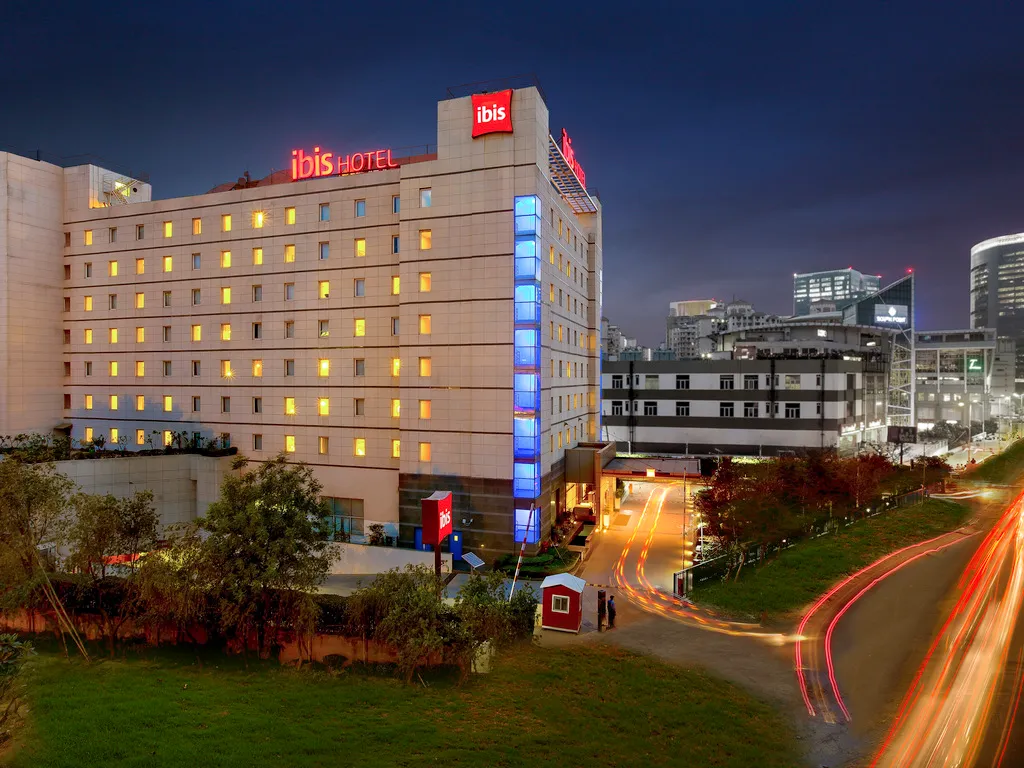 Фотоаккор
ФотоаккорAccor управляет более чем 5300 отелями в 110 странах, зарекомендовав себя как крупнейшая гостиничная компания в Европе, создавая значительное присутствие на рынках Азиатско-Тихоокеанского региона и Ближнего Востока. Французская компания успешно сочетает региональную мощь с глобальными амбициями.
Впечатляющий портфель брендов Accor охватывает ультра-роскошь Раффлз и Фэрмонт Недвижимость для эконом-отелей ibis, которые обслуживают бюджетных путешественников. Компания MGallery и Мёвенпик Бренды занимают премиальные сегменты, а Pullman обслуживает деловых путешественников в крупных городах.
Расширение компании на бренды образа жизни путем приобретения SLS и Mondrian демонстрирует стратегическую адаптацию к меняющимся предпочтениям путешественников. Accor продемонстрировала особый навык в выявлении и разработке уникальных концепций гостеприимства, которые резонируют с гостями, ищущими опыт.
10. BWH Гостиничная группа: ~4500 Отели
 Фото: Википедия
Фото: ВикипедияBWH Hotel Group, ранее Best Western, управляет более чем 4500 отелями по всему миру, успешно превращаясь из традиционной гостиничной ассоциации в современную гостиничную компанию. Эволюция компании демонстрирует, как бренды наследия могут адаптироваться к современным требованиям рынка.
Портфель брендов BWH включает такие известные имена, как Best Western и Best Western Plus, а также новые концепции, такие как: Коллекция WorldHotels и бутик-бренды Сэди и Эйден.
Эта стратегия диверсификации позволяет компании обслуживать различные сегменты рынка, используя существующий капитал бренда.
Расширение компании в сегменты предметов роскоши и бутиков через мягкие бренды представляет собой стратегическое признание тенденций рынка к персонализированному опыту. BWH продемонстрировал способность поддерживать согласованность бренда, позволяя отдельным свойствам выражать уникальные характеристики.
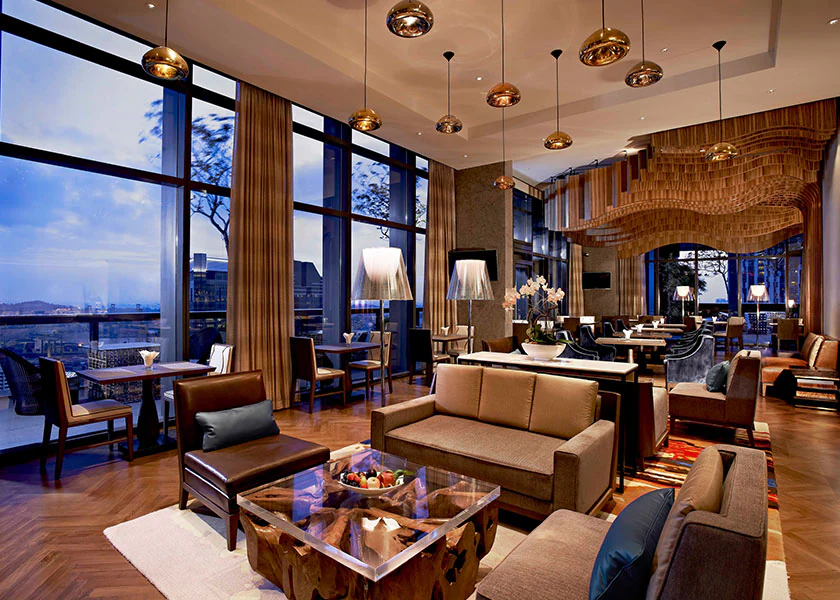 Фото-отели мира
Фото-отели мираНижняя линия
Глобальный ландшафт гостеприимства показывает, что успех в 2024 году требует больше, чем просто открытие отелей в удобных местах.
От расширения Jin Jiang до эффективности франшизы Wyndham, доказывая, что несколько путей приводят к доминированию в сфере гостеприимства.
Поскольку путешественники продолжают требовать лучшего опыта в любой ценовой категории, эти компании, несомненно, будут продолжать развиваться, надеясь, что в то же время, наконец, разгадают вечную тайну того, почему управление душем в отеле разработано людьми, которые никогда не принимают душ самостоятельно.
Оставайтесь с нами. Следуйте за нами в социальных сетях для последних обновлений.
Присоединяйтесь к нам в Telegram Group для последних обновлений авиации. Следуйте за нами в Google News
Топ-10 городов с самым большим количеством 5-звездочных отелей в мире, No6 удивит вас
Топ-10 крупнейших роскошных гостиничных сетей в мире по номерам впервые появился на Aviation A2Z.


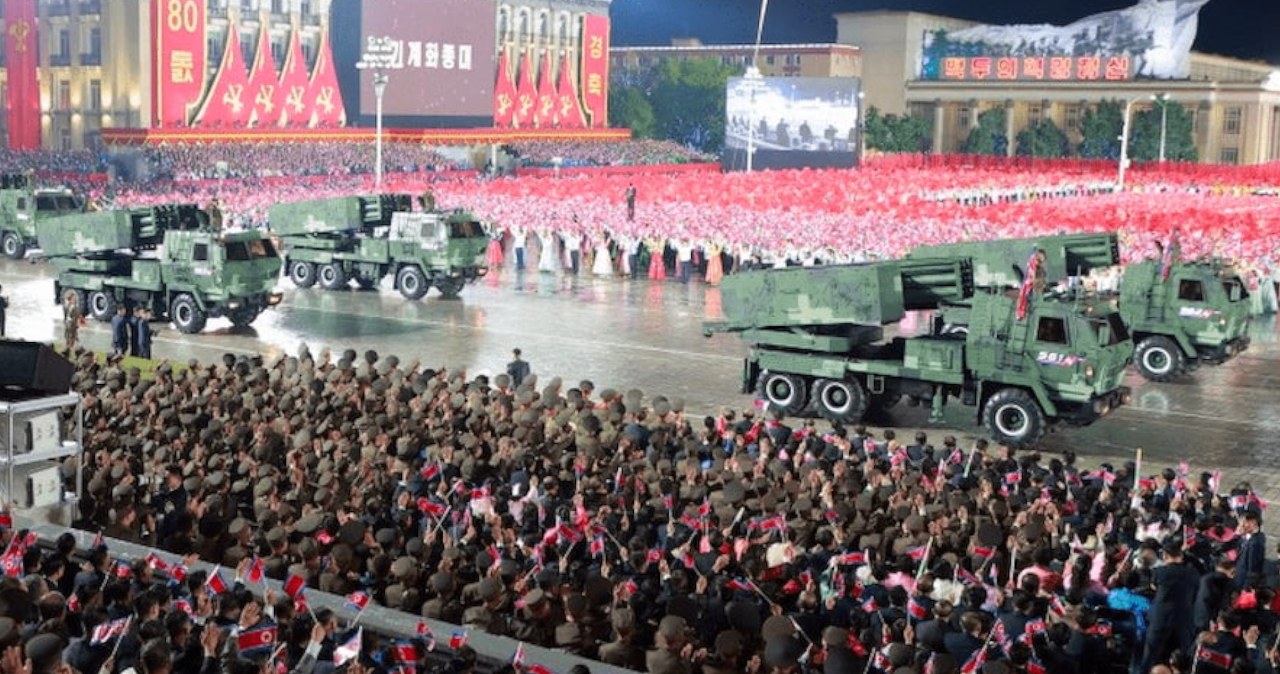






![A gdyby tak rzucić wszystko i wyjechać do Maroka… [zdjęcia]](https://tarnow.ikc.pl/wp-content/uploads/2025/10/ucieczka-do-tangeru-fot.-Artur-Gawle0001.jpg)



